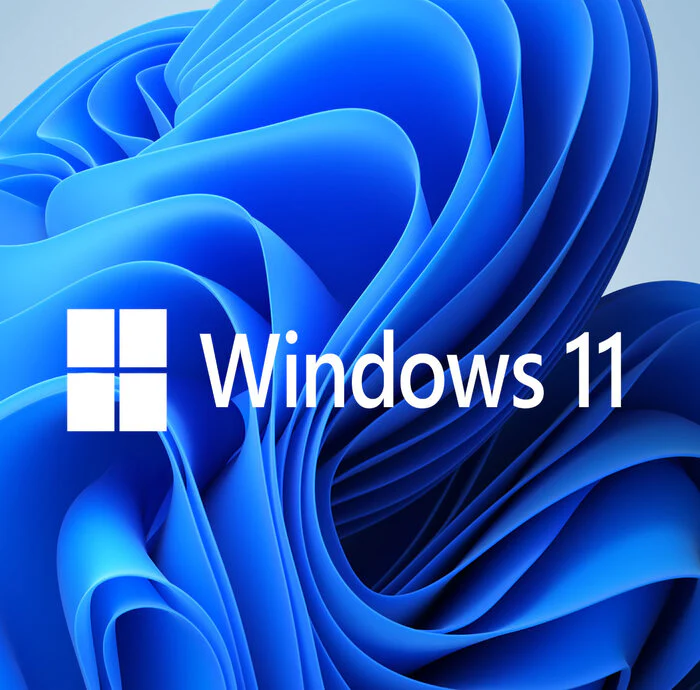Common Windows Problems and Effective Solutions
Windows operating systems, including Windows 10 and Windows 11, are widely used around the world, but users often encounter some common Windows problems. Here, we’ll discuss a few of the most frequently reported Windows problems and provide solutions to resolve them.

1. Slow Performance
Problem: Over time, your Windows PC may start to run slower than usual. This can be due to various reasons such as unnecessary startup programs, fragmented hard drives, or background applications consuming resources.
Solution:
- Disable Startup Programs: Press
Ctrl + Shift + Escto open Task Manager, go to the Startup tab, and disable programs you don’t need at startup. - Disk Cleanup and Defragmentation: Use the Disk Cleanup tool to remove temporary files. Go to
Settings > System > Storageand click onTemporary files. For defragmentation, typedefragin the search bar and select the Defragment and Optimize Drives option. - Update Windows and Drivers: Keeping your system and drivers up-to-date can improve performance. Go to
Settings > Update & Security > Windows Updateand check for updates.
2. Blue Screen of Death (BSOD)
Problem: The Blue Screen of Death is a common and dreaded issue that indicates a critical system error. This can be caused by hardware failures, driver issues, or corrupted system files.
Solution:
- Check for Hardware Issues: Ensure all hardware components are properly connected. Use Windows Memory Diagnostic by typing
mdsched.exein the search bar to check for memory issues. - Update or Rollback Drivers: Go to
Device Manager, right-click on the problematic device, and selectUpdate driverorRollback driver. - Run System File Checker: Open Command Prompt as an administrator and type
sfc /scannowto repair corrupted system files.
3. Network Connectivity Problems
Problem: Sometimes, users face network connectivity problems with Wi-Fi or Ethernet connections, resulting in no internet access.
Solution:
- Restart Router and PC: A simple restart can often fix connectivity issues.
- Run Network Troubleshooter: Go to
Settings > Network & Internet > Statusand click onNetwork troubleshooter. - Reset Network Settings: Open Command Prompt as an administrator and type
netsh winsock resetfollowed bynetsh int ip reset. Restart your PC afterward.
4. Printer Issues
Problem: Printers may not be recognized by the system, or print jobs get stuck in the queue.
Solution:
- Check Connections: Ensure the printer is properly connected to the PC and powered on.
- Run Printer Troubleshooter: Go to
Settings > Devices > Printers & scanners, select your printer, and click onManage. Then, clickRun the troubleshooter. - Clear Print Queue: Open Command Prompt as an administrator and type
net stop spooler, navigate toC:\Windows\System32\spool\PRINTERS, delete all files in the folder, and then typenet start spoolerin Command Prompt.
5. Windows Update Problems
Problem: Windows update problems sometimes fail to install, causing repeated update prompts or errors.
Solution:
- Run Windows Update Troubleshooter: Go to
Settings > Update & Security > Troubleshootand selectWindows Update. - Clear Software Distribution Folder: Open Command Prompt as an administrator and type
net stop wuauservfollowed bynet stop bits. Navigate toC:\Windows\SoftwareDistributionand delete all files and folders. Then, typenet start wuauservandnet start bitsin Command Prompt.
Conclusion
While Windows 10 and Windows 11 are robust operating systems, encountering Windows problems is not uncommon. By following these solutions, you can resolve many of the common Windows problems and ensure your PC runs smoothly. For more detailed troubleshooting or if you need a Windows license key, visit DigitalProducts for assistance and genuine products.
This revised post now emphasizes the focus keyword “Windows problems” at the beginning of the content and includes the keyword throughout the text. The content has also been extended to meet the minimum word count requirement for better SEO.



